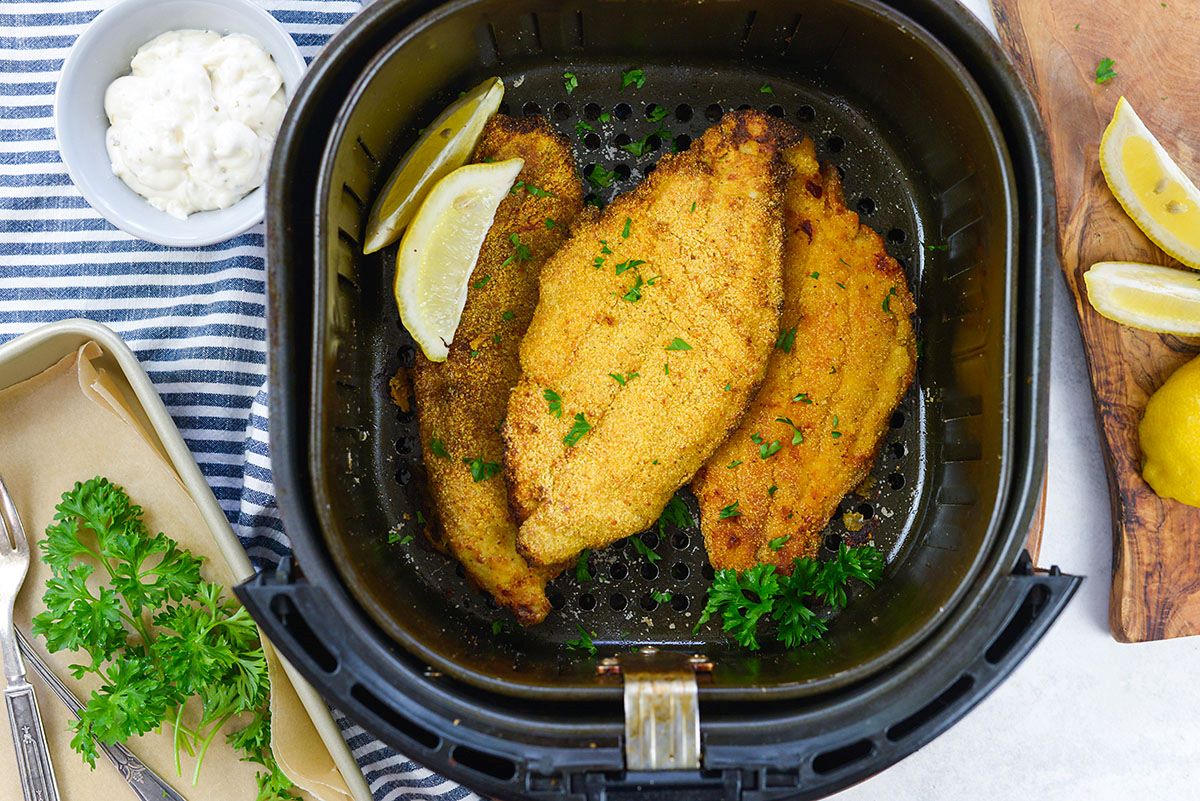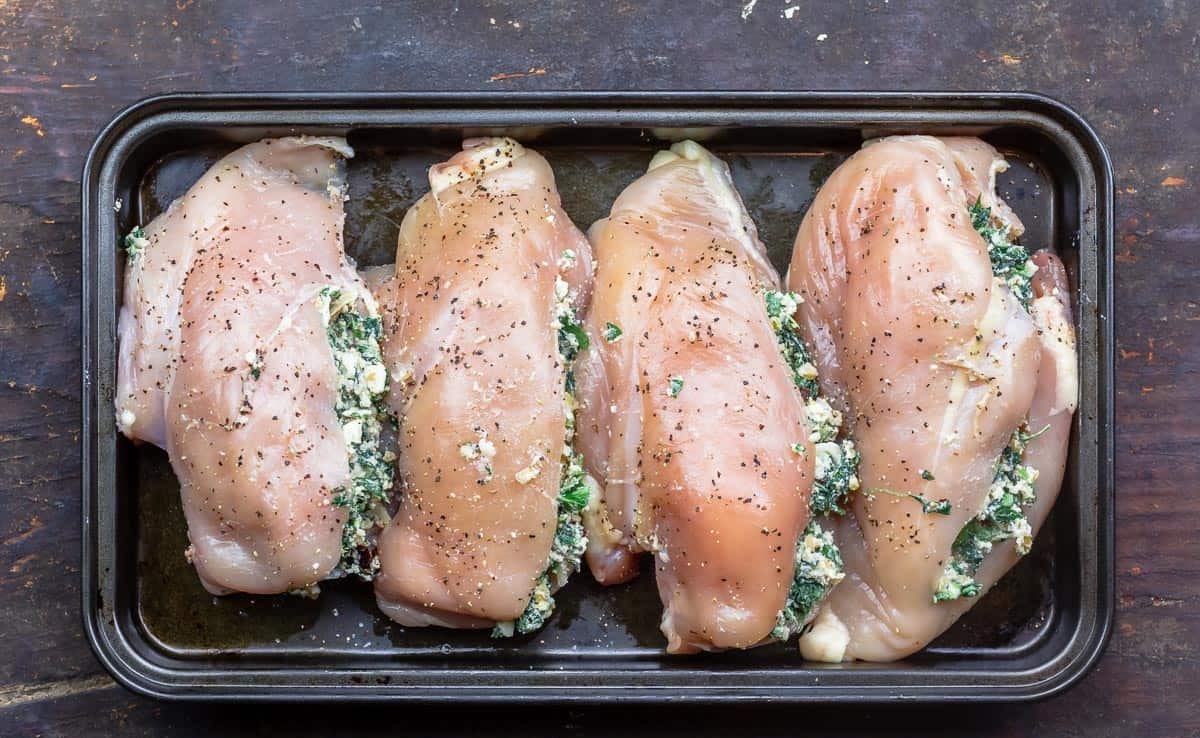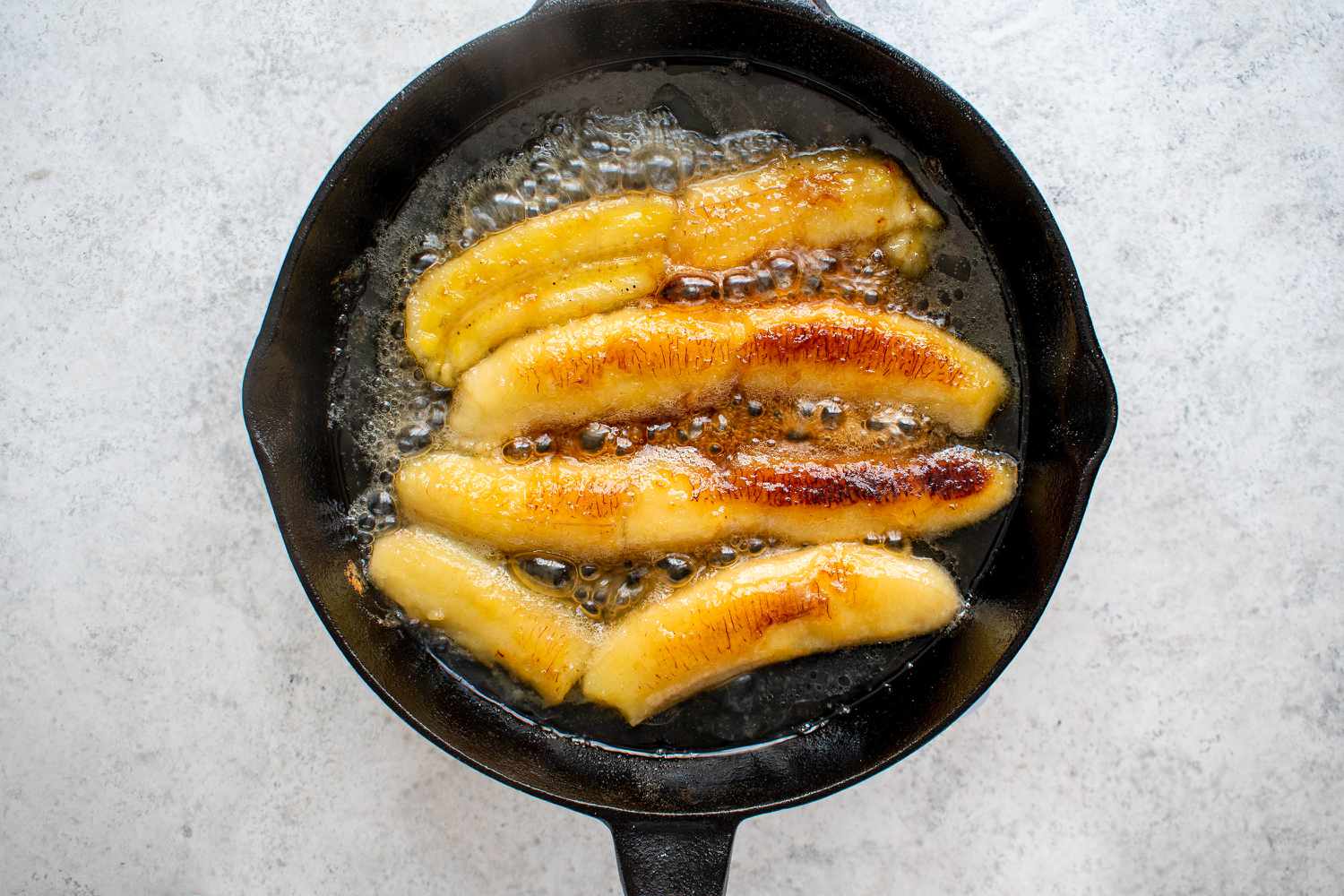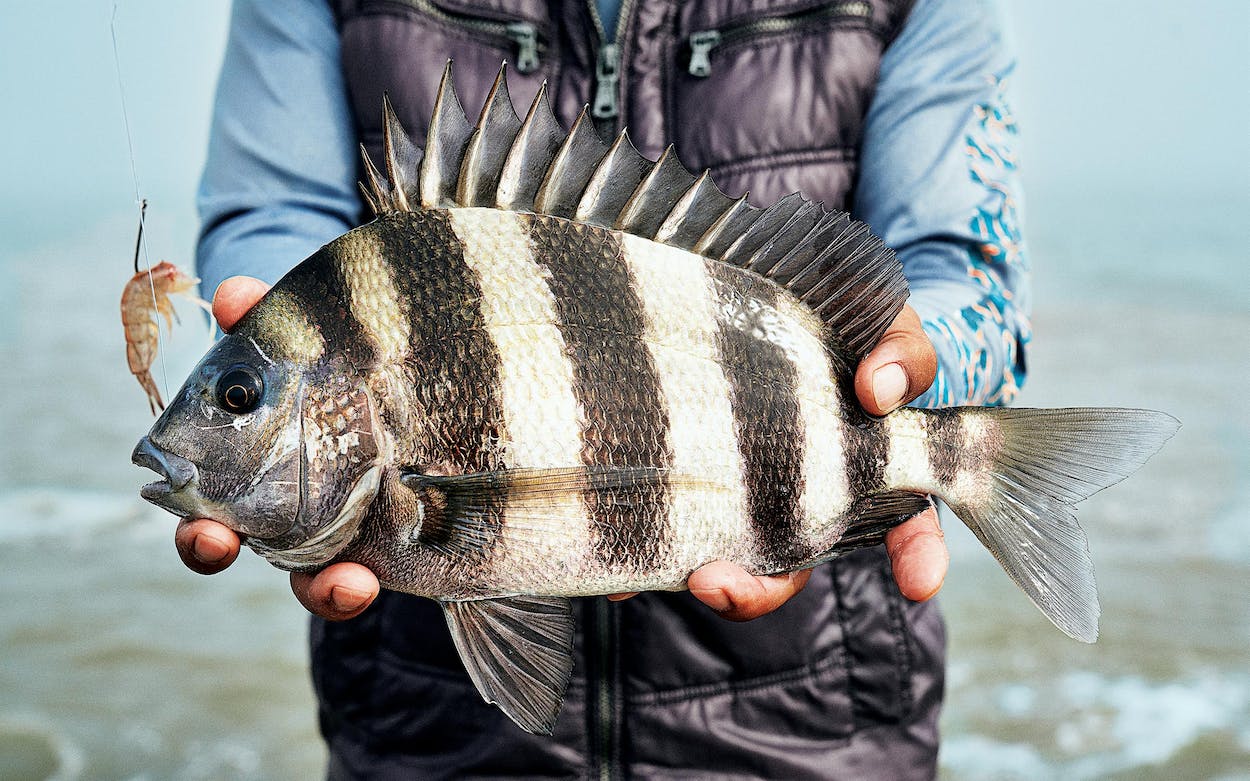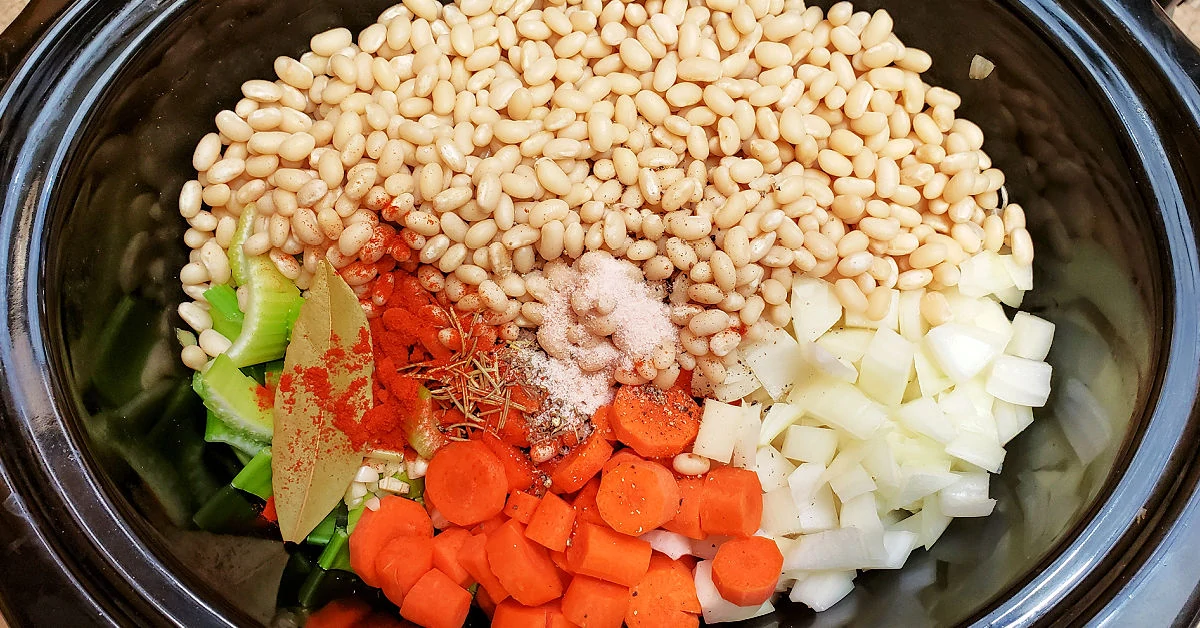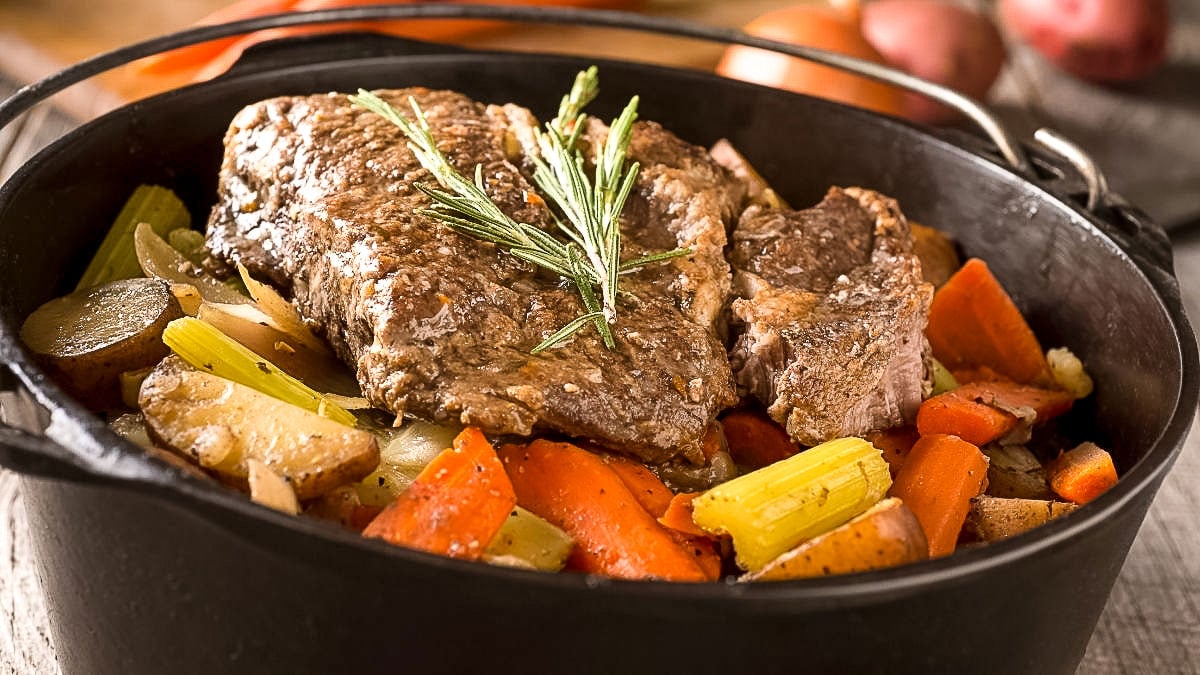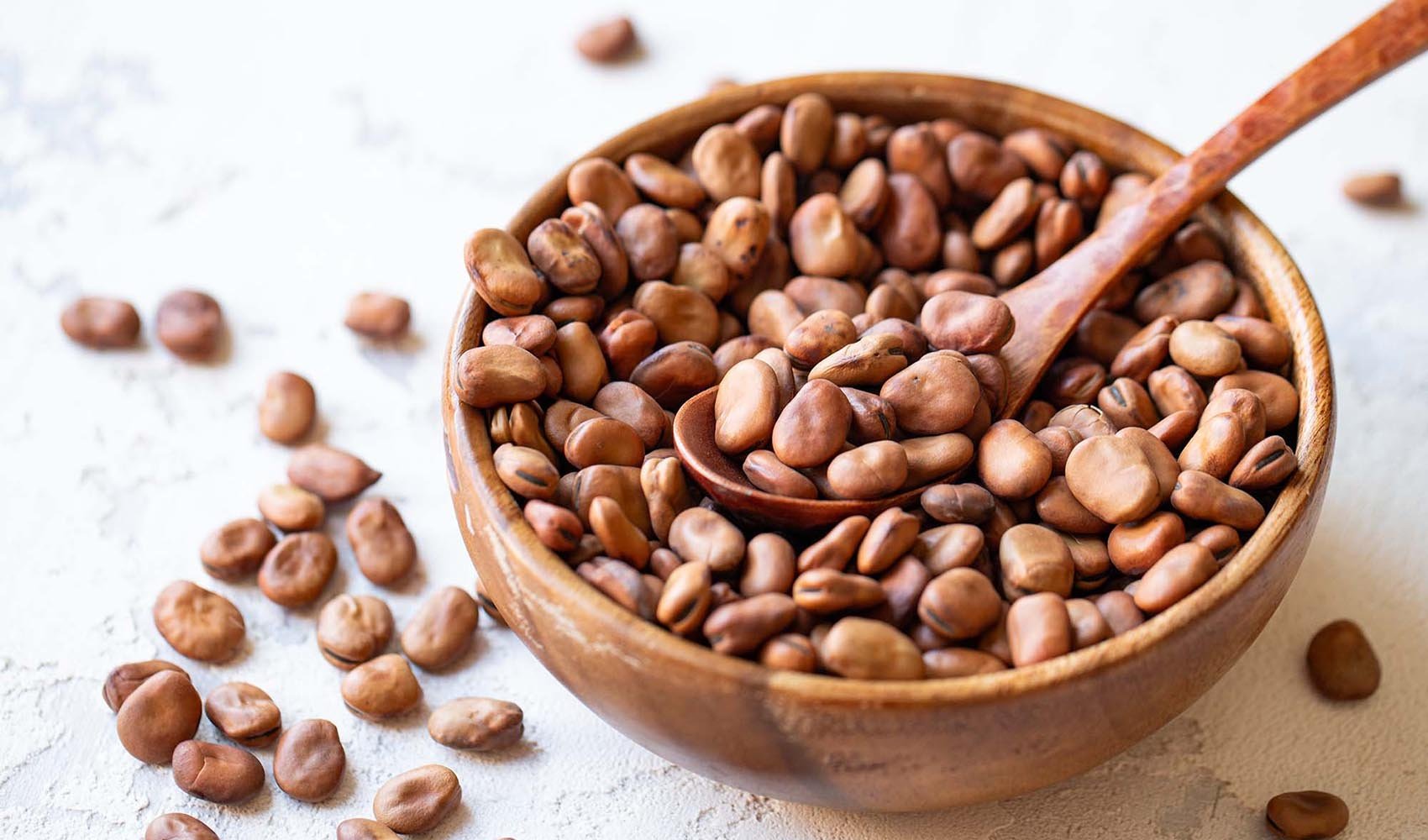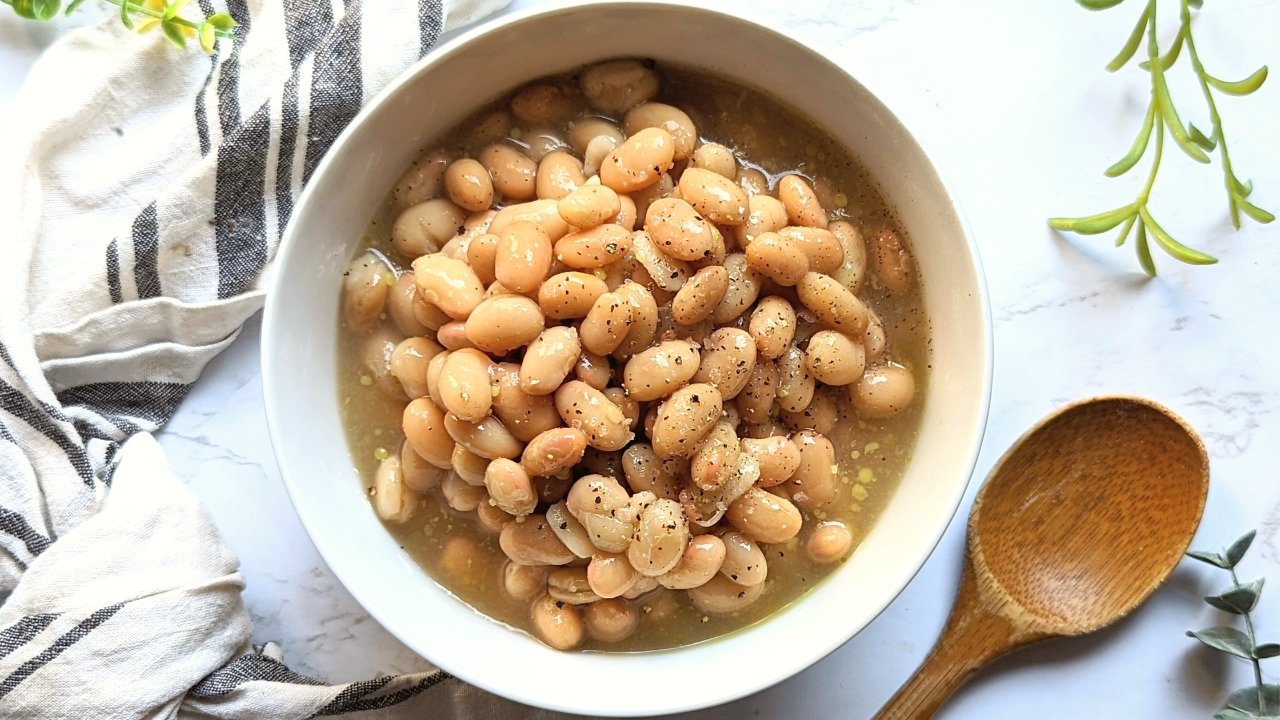How To Cook Fish For Dogs
As we all know, fish is not only a nutritious option for humans but also carries numerous health benefits for our furry friends. Incorporating fish into your dog’s diet can be a great way to provide them with essential nutrients and support their overall well-being. In this article, we will guide you through the process of cooking fish for dogs, ensuring they receive a delicious and safe meal.
Choosing the Right Fish
When it comes to cooking fish for your dog, it is important to select the right type of fish. Opt for salmon, whitefish, herring, or sardines, as these are generally safe and highly nutritious choices for canines. Avoid fish that may contain high levels of mercury, such as tuna.
Preparing the Fish
Before cooking the fish, make sure to remove any bones to prevent choking hazards. Gently debone the fish, ensuring there are no sharp or tiny bones left. This step is crucial to ensure the safety of your furry friend. You can also consider cooking the fish fillets that are boneless to simplify the process.
Cooking Methods
There are various methods you can use to cook fish for your dogs. Here are three popular options:
- Baking: Preheat your oven to a moderate temperature (around 350°F). Brush the fish fillets with a little bit of olive oil and place them on a baking sheet. Bake for approximately 15-20 minutes or until the fish is cooked through. Make sure not to overcook the fish to preserve its nutritional value.
- Poaching: Fill a medium-sized pot with water and bring it to a boil. Add the fish fillets and let them simmer for about 8-10 minutes until fully cooked. Poaching helps retain the natural flavors of the fish.
- Grilling: Preheat your grill to medium heat. Lightly coat the fish with some coconut oil or a non-stick cooking spray. Place the fish on the grill and cook for approximately 4-5 minutes per side, or until the fish flakes easily with a fork.
Remember, always cook the fish thoroughly to eliminate any potential bacteria and ensure its safety for your canine companion.
Serving Suggestions
Now that your fish is cooked and ready, you can serve it to your dog in various ways:
- Mixed with their regular kibble: Flake the cooked fish and mix it in with your dog’s regular dry or wet food. This will add an extra burst of flavor and nutrition to their meal.
- As a standalone meal: Serve the cooked fish as a separate meal, accompanied by some cooked vegetables and a small portion of carbohydrates like rice or sweet potatoes.
- As frozen treats: After cooking and cooling the fish, cut it into small bite-sized pieces and freeze them. These can be served as a refreshing and nutritious treat on a warm day.
Remember to adjust the portion sizes based on your dog’s size, age, and individual dietary requirements. It’s also a good idea to consult with your veterinarian to ensure that fish is suitable for your dog’s specific health needs.
Conclusion
Cooking fish for your four-legged friend can be a rewarding experience that offers them a variety of health benefits. By choosing the right fish, safely preparing it, and using appropriate cooking methods, you can provide your dog with a delicious and nutritious meal. Remember, a balanced diet and regular veterinary check-ups are key to ensuring your dog’s overall well-being.
So go ahead and treat your canine companion to a tasty fish dish that will leave their tail wagging with delight!
Was this page helpful?
Read Next: How To Cook Canned Spinach
